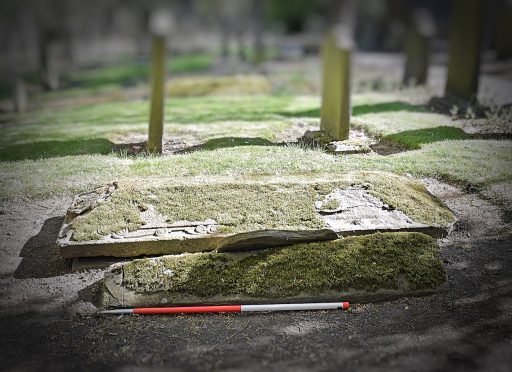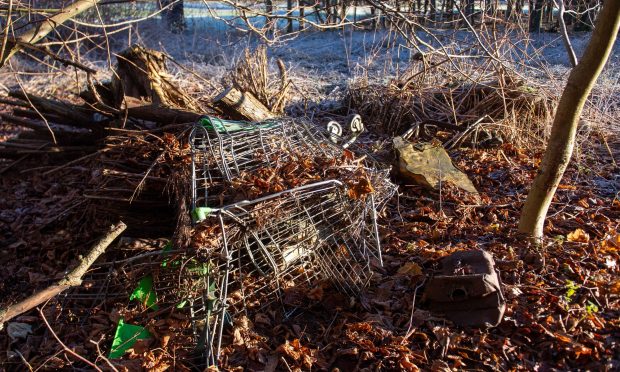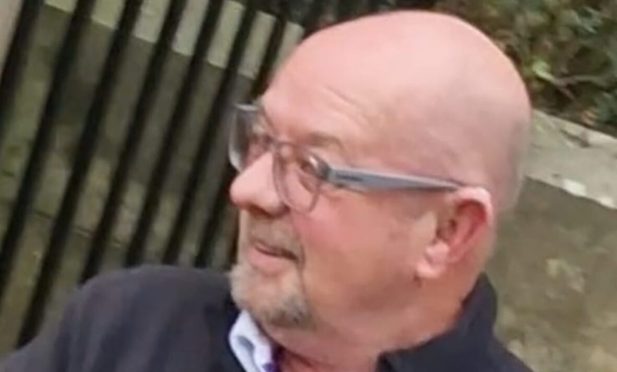A “fascinating” rare medieval stone discovered in Dundee’s Howff graveyard earlier this year will be excavated in a bid to reveal its secrets.
The burial marker was found in July after a digital mapping exercise by the Dundee Howff Conservation Group and is thought to be the oldest monument at the ancient cemetery by several hundred years.
Previous to the find, the oldest stone was dated from 1577.
Its secrets are now expected to be unveiled in a partial excavation taking place on Sunday and Monday, with experts believing the stone dates from around the 12th or 13th century.
Simon Goulding, chair of the Dundee Howff Conservation Group said: “This has been a completely unexpected and fascinating voyage of discovery sparked by our desire to produce the most detailed map of the site since 1832.
“From our preliminary investigations the stone appears to have been reused for burials on at least two occasions, and has two faint inscriptions on it.
“One of them which dates to 1603, is a memorial to Christian Rutherford wife of David Lindsay, who was Master of Dundee Grammar School, and latterly the Bishop of Edinburgh.
“Lindsay was the man who crowned Charles I King of Scotland at Holyrood in 1633 and was related to the Lindsay-Crawfords.
“The Lindsay Earls of Crawford were buried at the church of Grey Friars monastery the site of which was converted to the Howff burial ground.”
Funding from Dundee Common Good Fund allowed the group to arrange for a stone conservator and archaeologist to come to the Howff to reveal as much detail as possible.
Archaeologists will assess the stone and temporarily re-bury it to protect it from the elements.
Graciela Ainsworth Ltd of Edinburgh will assess the stone for conservation while Dr Oliver O’Grady of OJT Heritage from Perthshire will oversee the archaeological aspects.
The find helped the cemetery win “hidden gem” status in September as part of Scotland in Six – Hidden Gems, a competition to find the best “lesser known” archaeological sites in Scotland.
There were 28 entries with a total of 12,000 votes cast online. The Howff came in third in the competition, organised by Dig It! 2017, Scotland’s year-long celebration of archaeology.
The public are encouraged to visit the Meadowside cemetery to see the dig in progress.
For more information, visit www.Facebook.com/DundeeHowff










